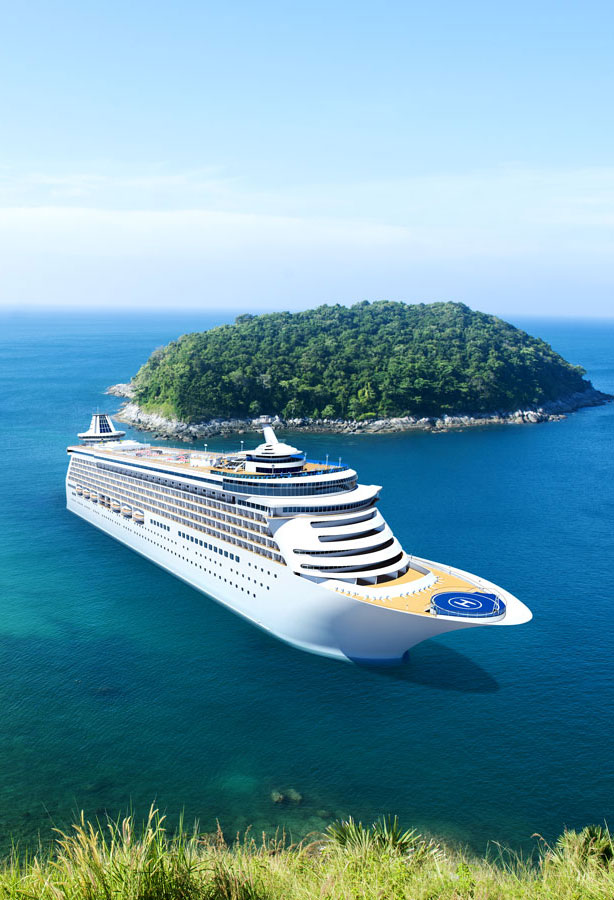In 2023, more than 30 million people around the world embarked on a vacation by cruise ship. Whether you count yourself among them or have never stepped foot on a cruise, there’s no denying how awe-inspiring these massive “floating cities” are. Passengers can bask in lavish amenities such as all-inclusive bars, butlers, live shows, pools, shopping malls, and even roller coasters. However, many travelers don’t realize just how much goes on behind the scenes to make these sailings possible. From the secret lingo of crew members to the shocking length of the world’s largest ship, here are eight facts you might not know about cruise ships.
Crew Members Communicate Via Secret Code Words
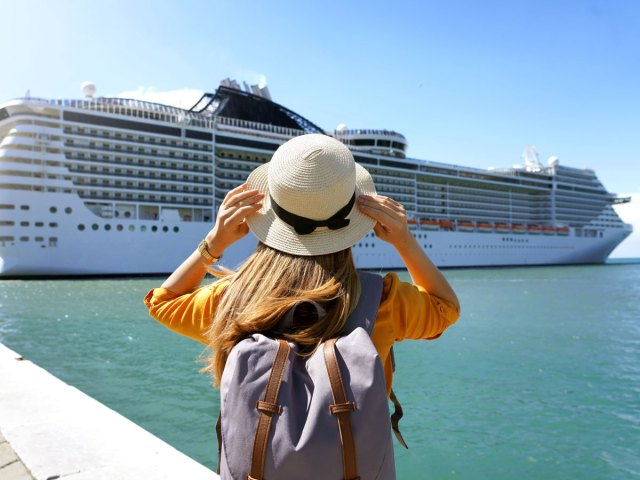
Anyone who’s ever been on a cruise might have heard crew members seemingly speaking in riddles. That’s because, just like medical staff and soldiers, they use special code words to communicate situations and emergencies. For example, “alpha” or “sierra” means a medical emergency, and “bravo” means that there’s a fire onboard. In the event of someone going overboard, the word “oscar” is used on Royal Caribbean ships in particular. Other commonly heard codes are “30-30,” which is a call for maintenance to clean up a mess, and “PVI,” which is an abbreviation to indicate a public vomiting incident.
They Also Sleep on the Ship’s Lowest Deck
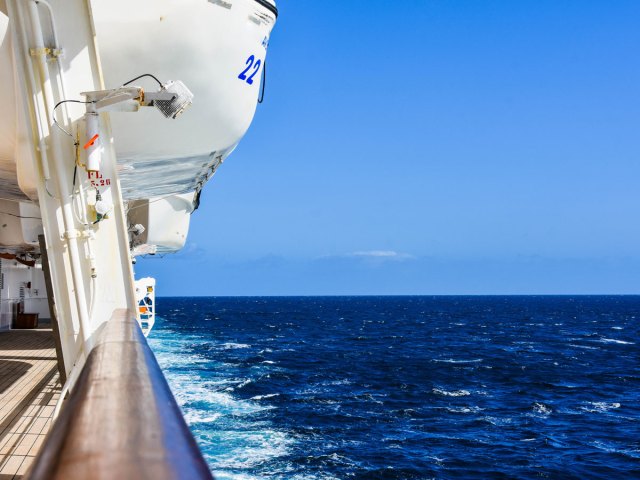
With so many crew members on a ship (typically in the range of 1,000 to 2,000), you might wonder where they sleep or go to rest after a shift. As a general rule, the crew sleeps in small and shared cabins situated on the lowest deck of the ship — it’s not uncommon for these cabins to be below sea level. Crew cabins vary depending on a person’s rank; however, most sleep in bunk beds and share a space with fellow staff. Despite the cramped sleeping arrangements, crew members do have other places to unwind. There’s usually a gym, restaurant, and bar, where they can let their hair down once in a while.
The First Cruise Ship Set Sail in the 1900s

While the cruise ships that we’re familiar with today are imposing vessels that often resemble floating cities, the first officially recognized cruise was somewhat different. The Prinzessin Victoria Luise set sail on her maiden voyage in January 1901, traveling from Hamburg, Germany, to New York. A converted ocean liner, the ship was designed to encourage affluent tourists to experience pleasure cruising, which was a new concept at the time. It was a modest 52 feet wide and 407 feet long, and could host up to 180 passengers. The man behind it all, Albert Ballin, is regarded as the father of modern cruise ship travel.
The World’s Largest Cruise Ship Is Four Football Fields Long

Today’s cruise ships have come a long way from their humble beginnings — they have turned into colossal ships that welcome thousands of passengers on board at a time. As of 2023, the largest in the world is Royal Caribbean’s Icon of the Seas. It stretches 1,197 feet long, which is equivalent to about four football fields, or twice the height of the Washington Monument. That’s not the only impressive fact, either: The 20-deck ship has a capacity for 7,600 guests, more than 30 dining venues, amenities like a zip line and rock climbing wall, and seven distinct themed neighborhoods. Yes, neighborhoods on a boat — it really is a floating city.
Florida Is Home to the World’s Busiest Cruise Port
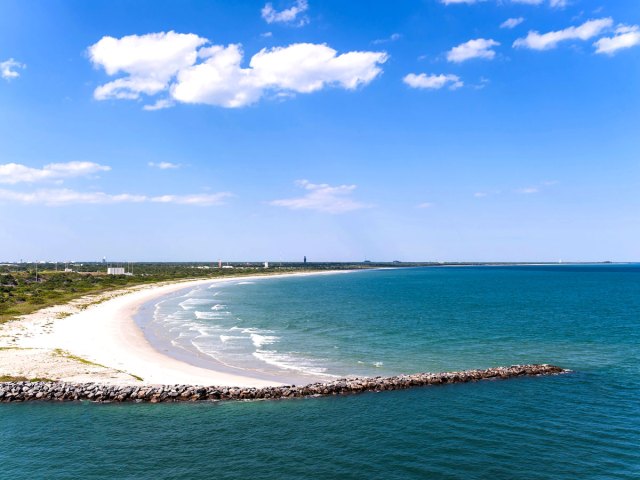
Florida is home to the world’s busiest cruise port, the Port of Miami, which handled 7.3 million passengers in 2023 — beating its own record of 6.8 million passengers in 2019. In all, Florida is one of the most popular places for cruisers to begin their journeys: There are six cruise ports dotted along the coastline of the Sunshine State. Port Canaveral in Orlando is the world’s second-busiest cruise port, and Port Everglades in Fort Lauderdale ranks fourth. While a vast majority of ships depart for the Caribbean, some also make transatlantic crossings and journeys around South America.
Cruise Ship Anchors Weigh the Equivalent of a Few Elephants
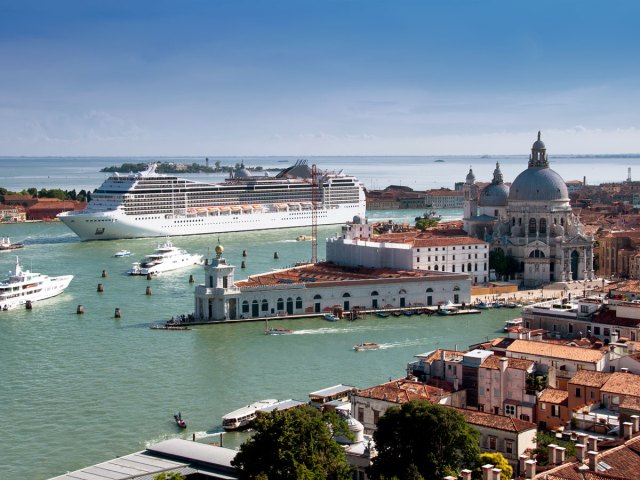
In order to protect the seabed and ecosystem, cruise ships drop anchor only when completely necessary. When the need does arise, ships drop their huge corrosion-resistant metal anchors with the help of extra-long chains. The anchors themselves can be anywhere from 10 to 20 feet long and weigh between 10 and 20 tons. To put the weight in perspective, male African elephants weigh two to seven tons. With advancements in technology, the anchor could one day be a thing of the past. Some modern ships are already using a computer-controlled system called dynamic positioning (DP) to maintain their positions.
Cruise Ships Produce Huge Amounts of Waste

As much as passengers enjoy them, cruise ships unfortunately aren’t great for the environment. The carbon footprint of a large ship is estimated to be the same as 12,000 cars. According to U.S. law, ships can legally dump treated sewage when they reach three miles offshore. The law for untreated sewage is 12 miles. All of this sewage deposited into the oceans amounts to approximately a billion tons each year. It includes human waste and water from things like laundry machines and spas. Fortunately, some ships have their own marine sanitation farms and can treat wastewater before releasing it.
It’s Possible to Live Full Time on a Cruise Ship
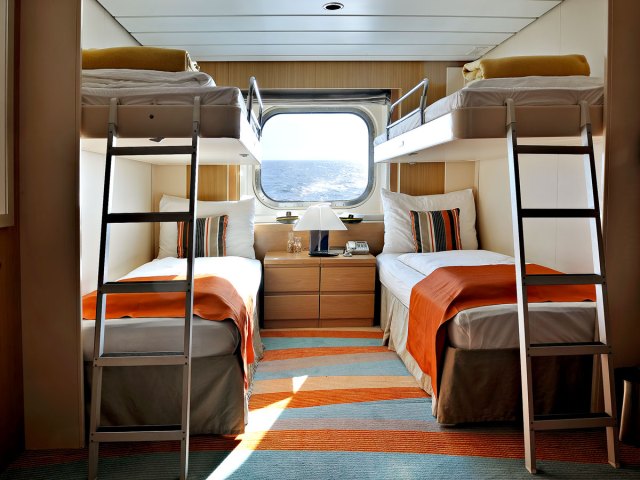
A life at sea isn’t for everyone, but some passengers hop on a cruise and make it their home — from anywhere from a few months at a time to buying a permanent residence. Long-term cruising is particularly popular among budget-savvy retirees. Many compare it to the cost of living in a retirement home and find it more economical. Aside from the obvious fact that one of these options is at sea, the two have notable similarities such as meals and organized activities. Some cruisers jump from one ship to another, and others stay on the same ship constantly. For an upscale option, The World is the world’s largest private residential ship, with 165 permanent residences onboard.
More from our network
Daily Passport is part of Optimism, which publishes content that uplifts, informs, and inspires.






